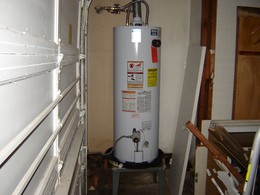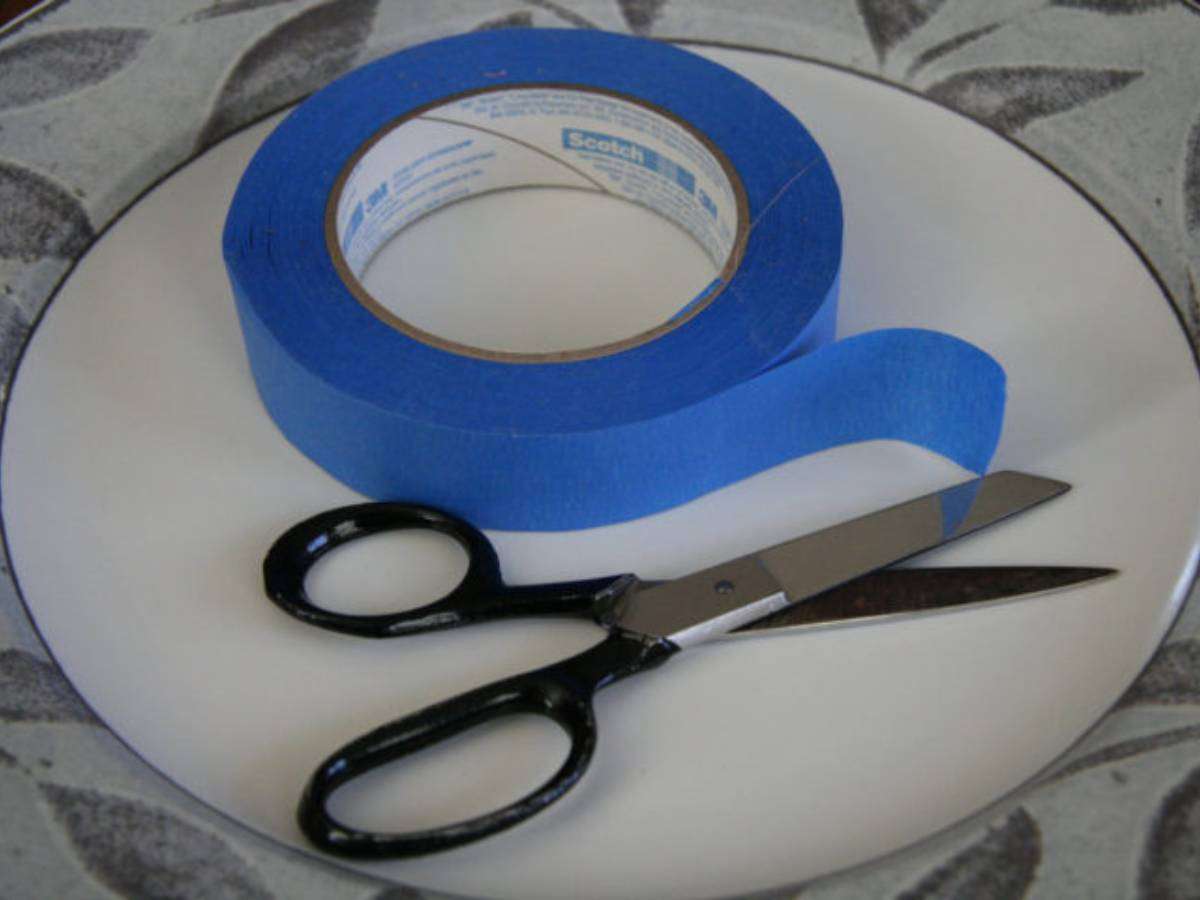 It’s a good idea to drain your water heater once or twice a year because sediment — which is comprised of sand, and other minerals — can collect in your water heater.
It’s a good idea to drain your water heater once or twice a year because sediment — which is comprised of sand, and other minerals — can collect in your water heater.
When this happens, you have less hot water available, and your water heater will be less efficient.
Here is how to drain and fill your water heater…
1. Gas water heaters and electric water heaters are handled a bit differently.
- If you have a gas water heater, you need to set the gas valve to "pilot" to keep the burners from coming on while you are draining and flushing out your water heater.
- If you have an electric water heater, you need to turn off the circuit breakers to it. If you don’t, and the burners come on while the water is drained, they can burn out quickly.
Be sure that the other end of the hose is away from children and pets, because the water you are draining is scalding hot and you don’t want them to get burned.
3. Find the shut off valve for the cold inlet to the water heater.
Turn it off.
4. Find the pressure/temperature relief valve at the top of your hot water heater tank.
By lifting the lever, open it.
5. Find the drain valve at the bottom of your water heater tank.
Open it, so the hot water can flow through your hose and drain the tank. If you find that sediment is clogging the drain valve, close the pressure/temperature relief valve, and turn on the cold water inlet valve and this in most cases will flush out the sediment. Now, if the this doesn’t work and you think the sediment has hardened into large blockages, then wait until everything has cooled down, unhook the garden hose from your hot water heater and if you need to, take off the drain valve itself, and then use something long that can reach in there and break up the hardened sediment. A long thin screwdriver works well.
Repeat steps 1 through 5, and drain the tank until the water coming out at the other end of the hose runs clear.
7. When the water runs clear, close the drain valve at the bottom of your hot water heater.
Detach the garden hose.
8. Find the pressure/temperature valve at the top of the tank again.
If it is still open, turn on the cold inlet valve again.
9. Run the hot water in a sink.
Run the water through until no more air bubbles come out.
Or, if you have a gas water heater and you need to, re-light the pilot.
Overall, the process of draining and refilling your hot water heater is not difficult, but it does take some time and can get messy — particularly if you have to break up chunks of sediment!
However, if you follow these steps, you will be well on your way to having a water heater that will work more efficiently and save you money on your energy bills.
Bonus Tip: This video shows how to use the water in your hot water heater for drinking in the event of a disaster.



